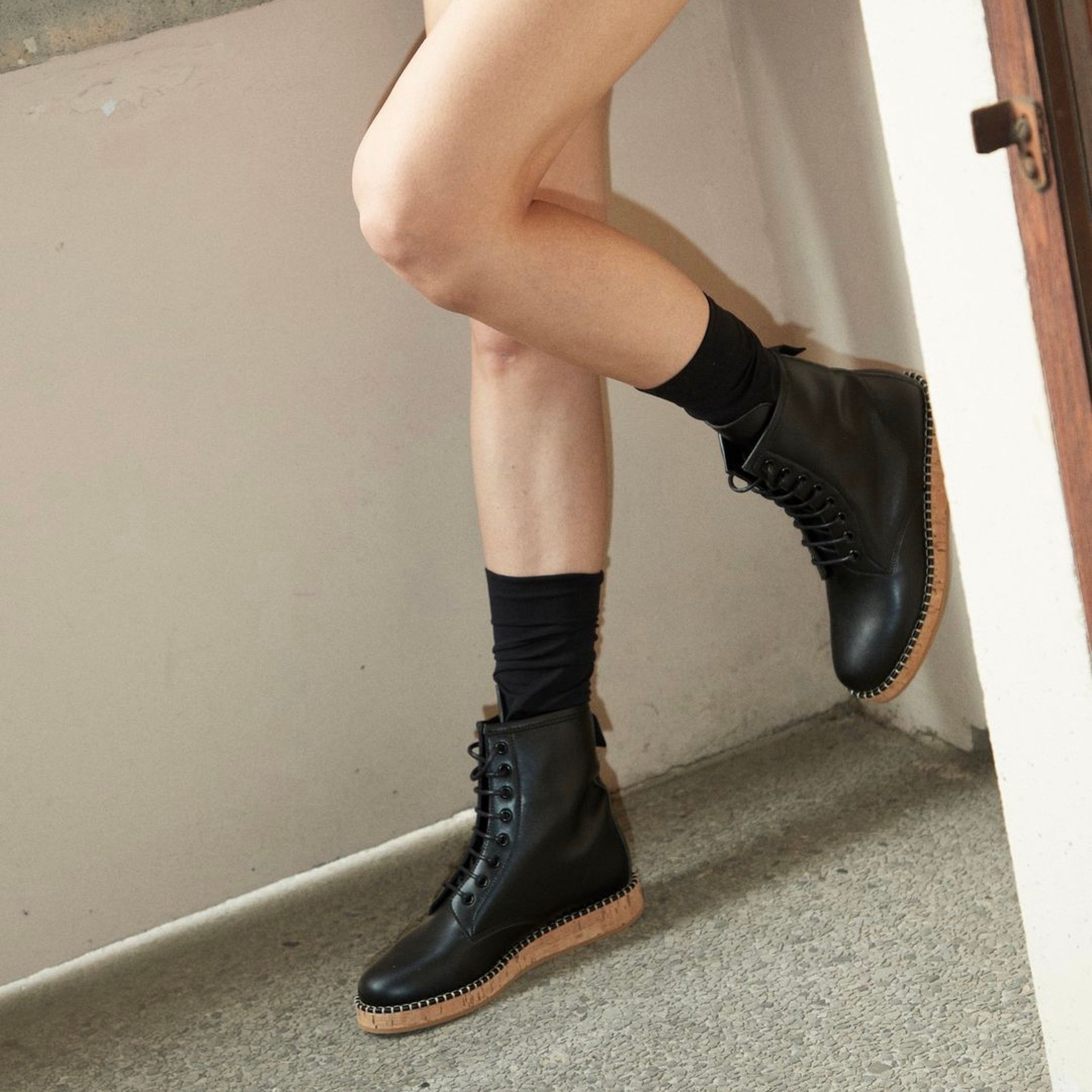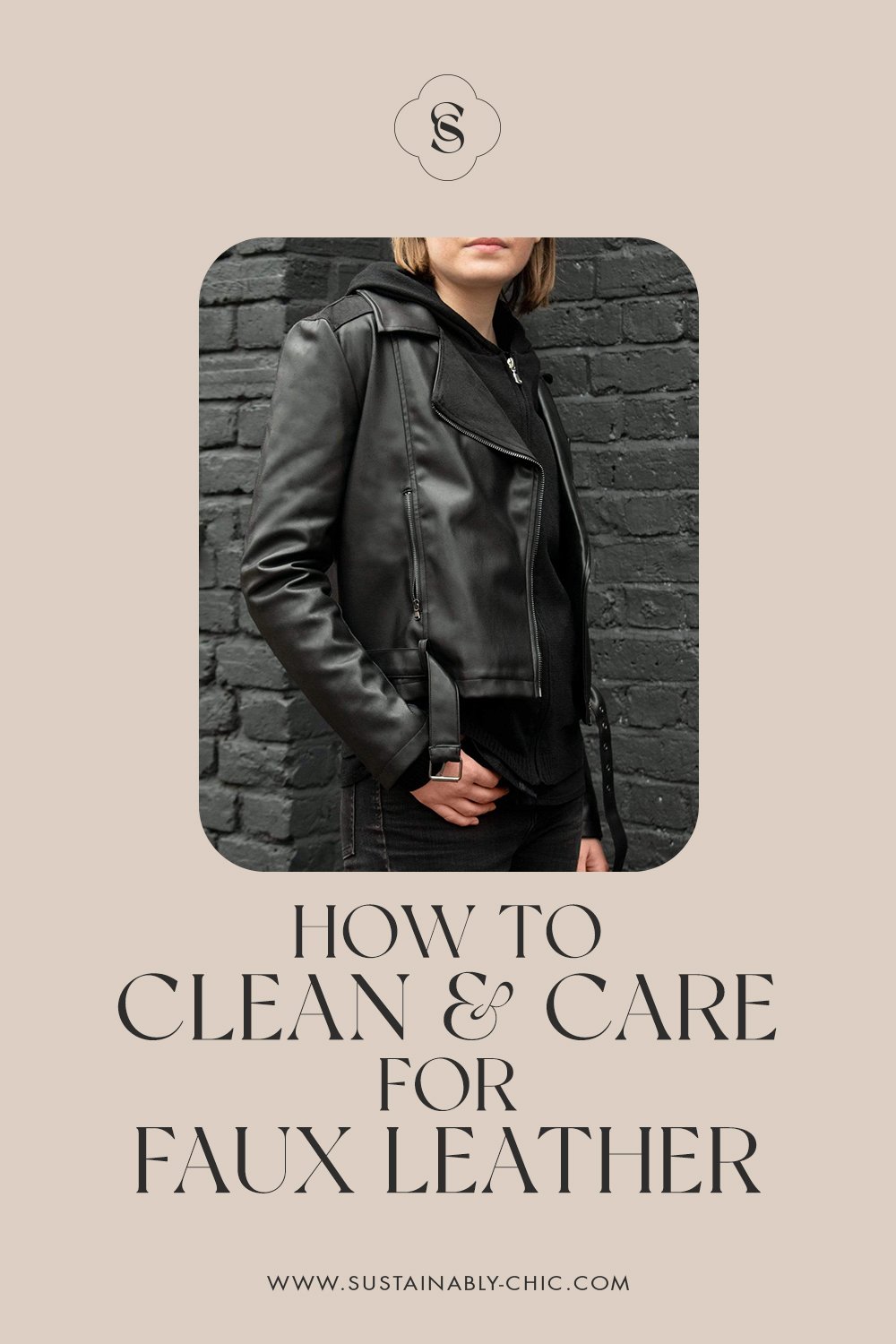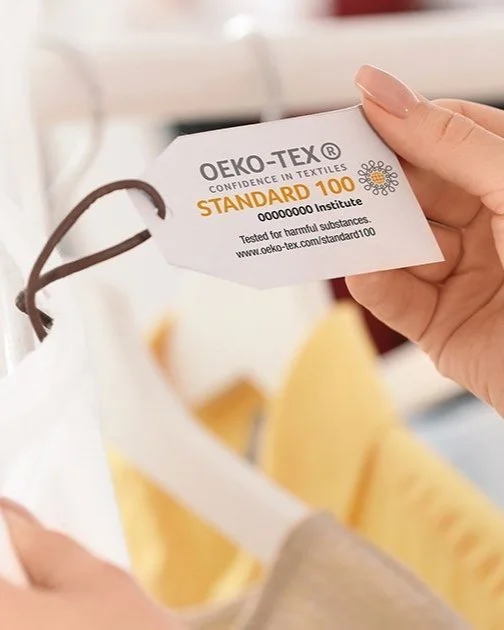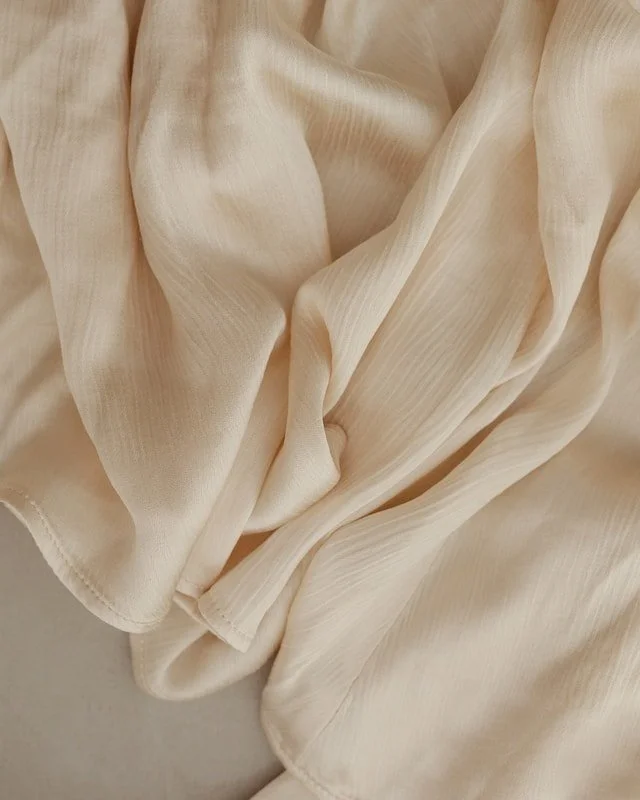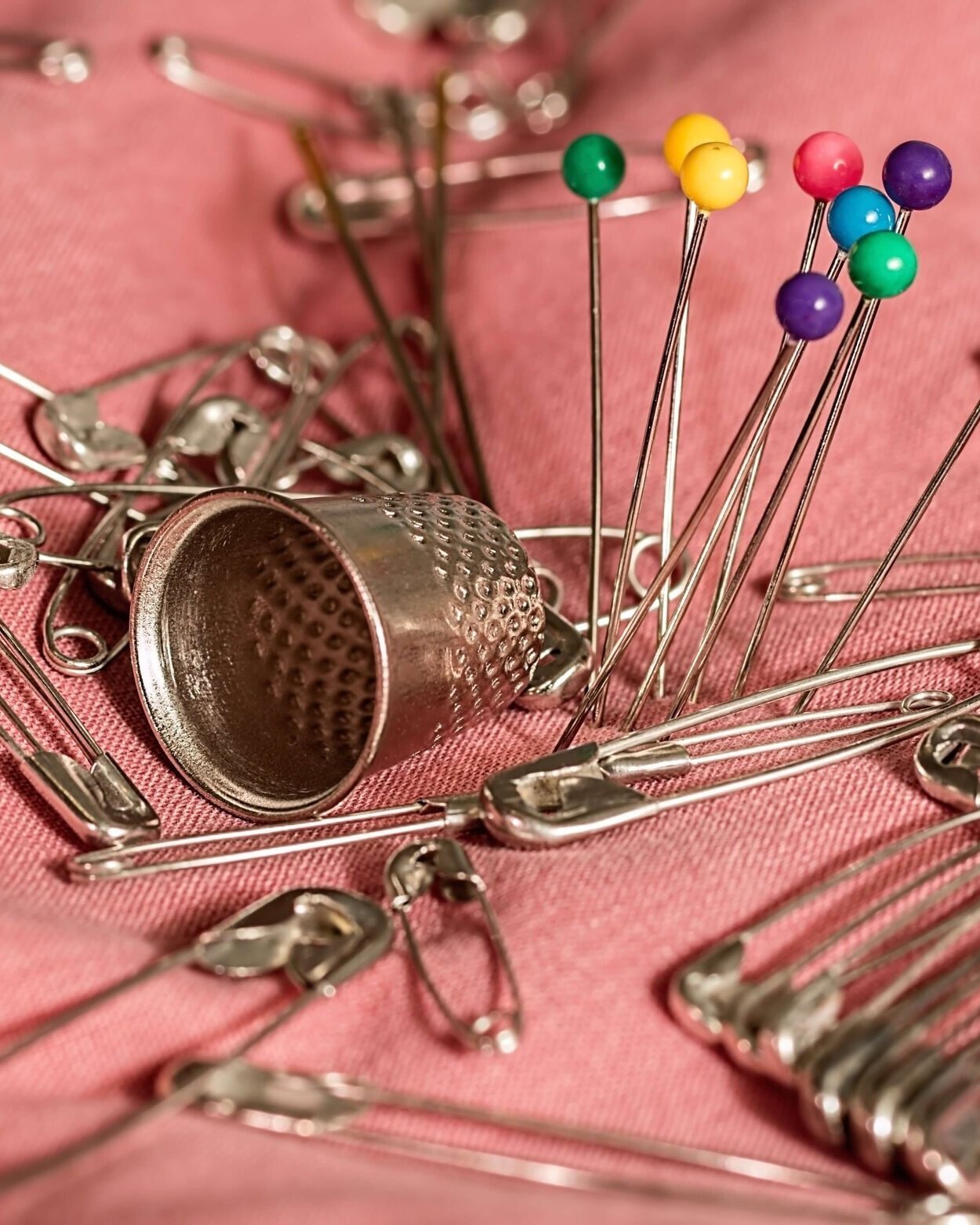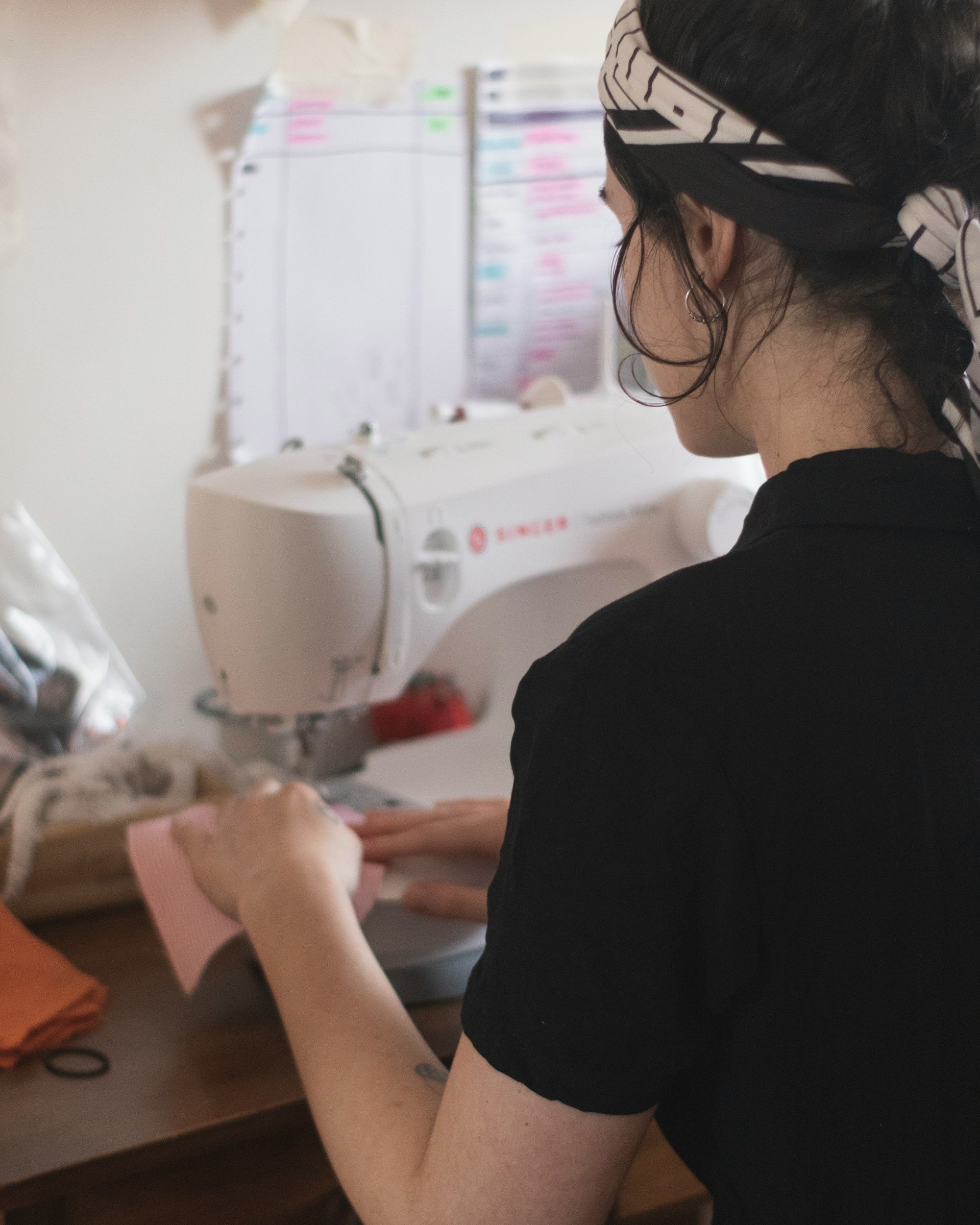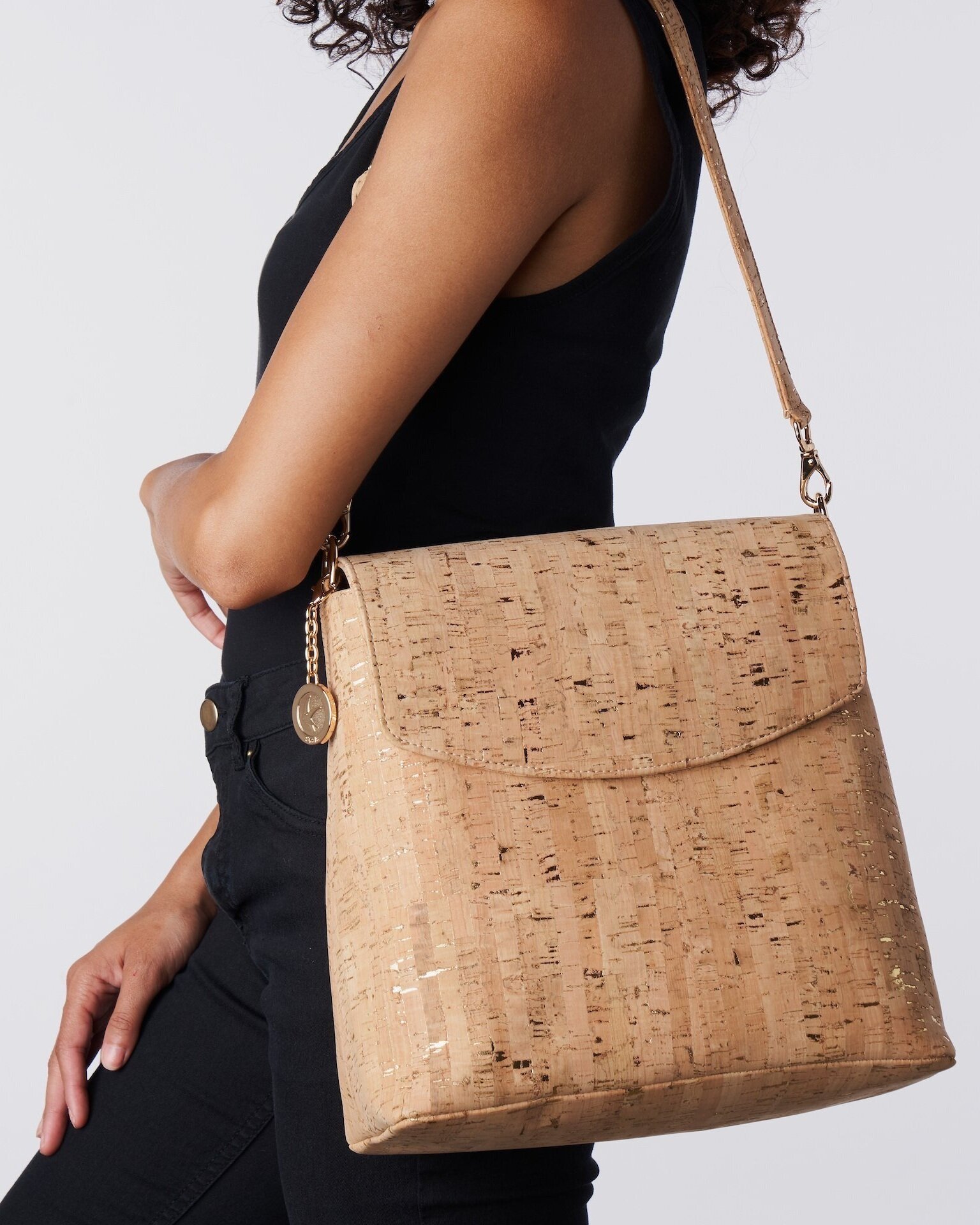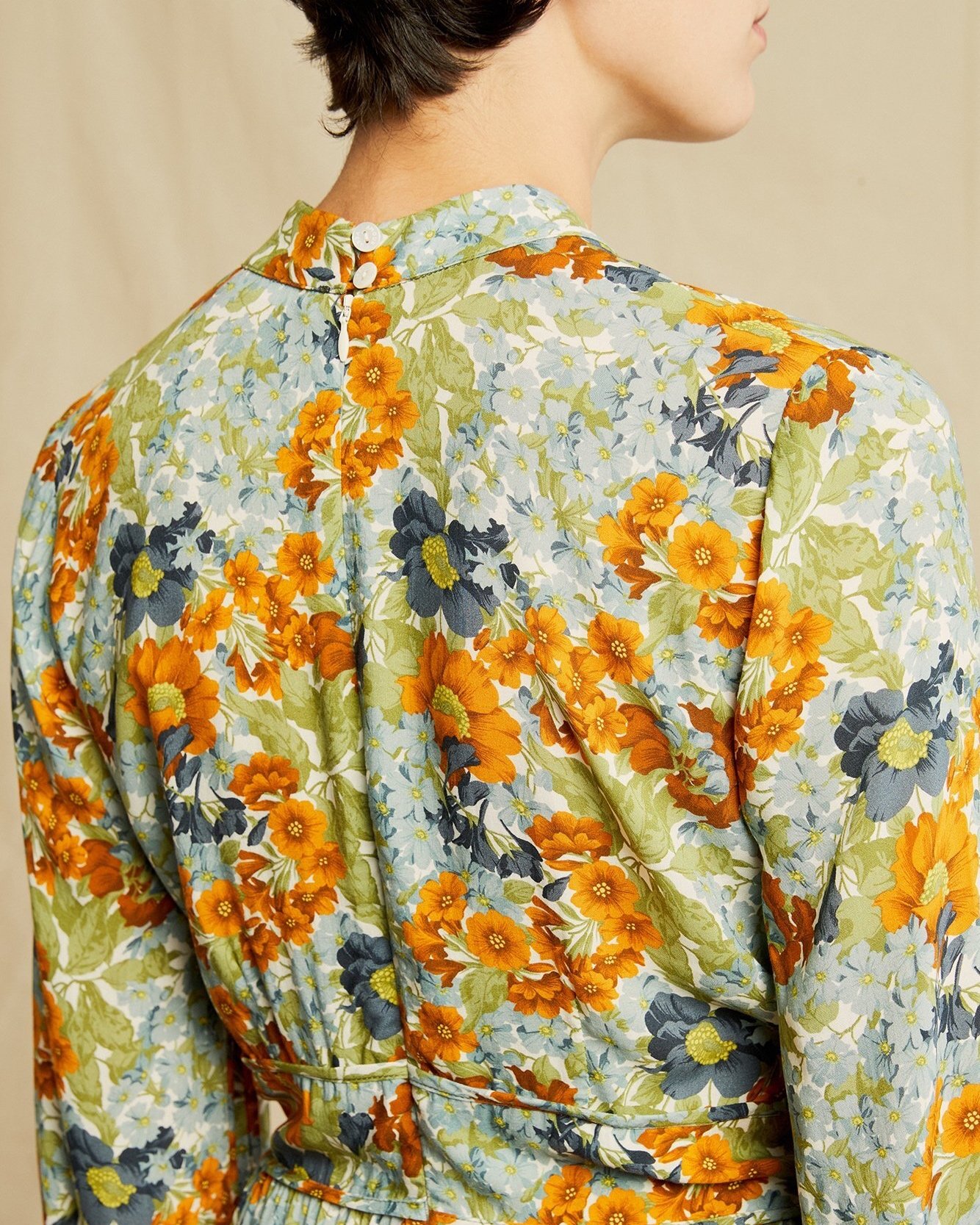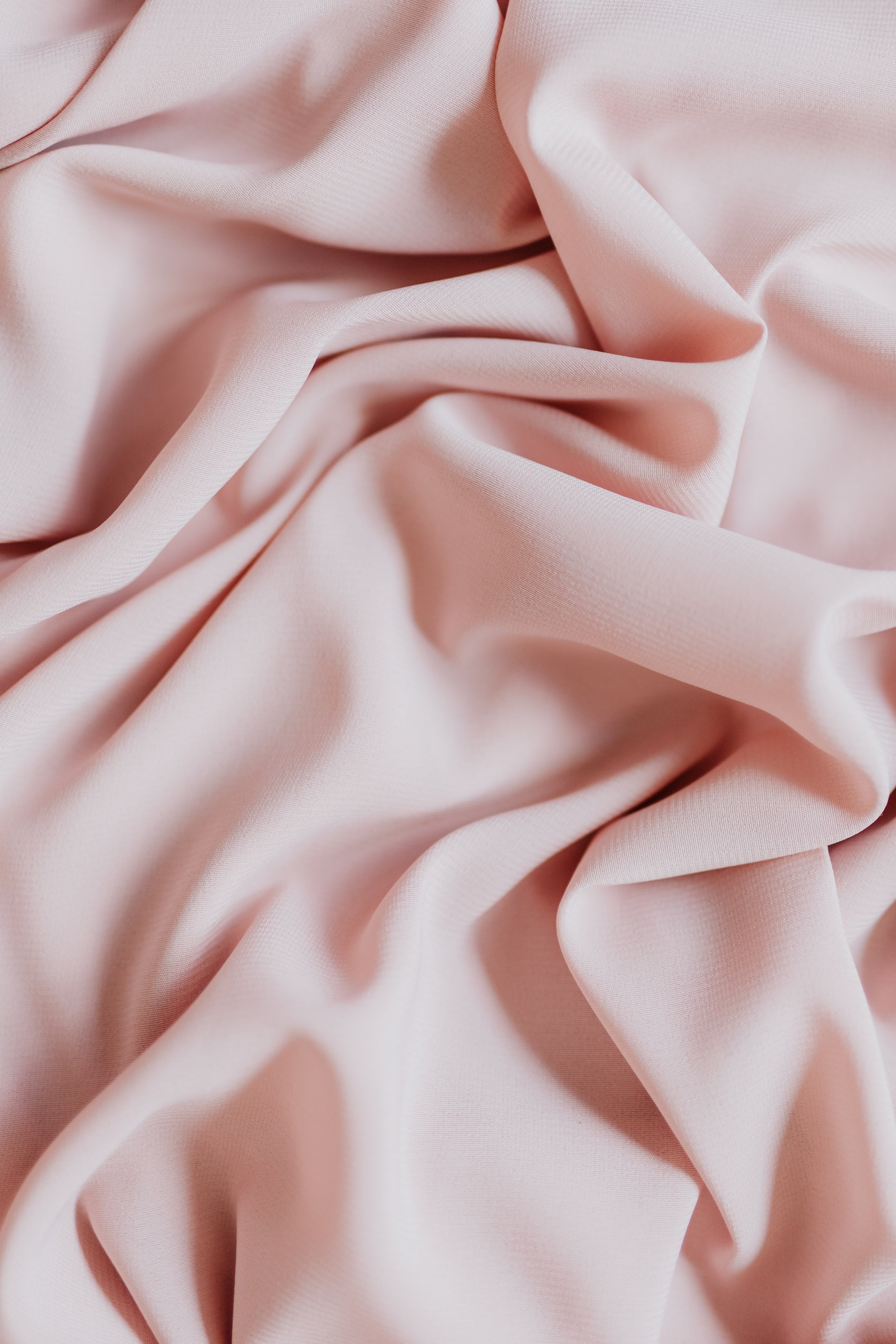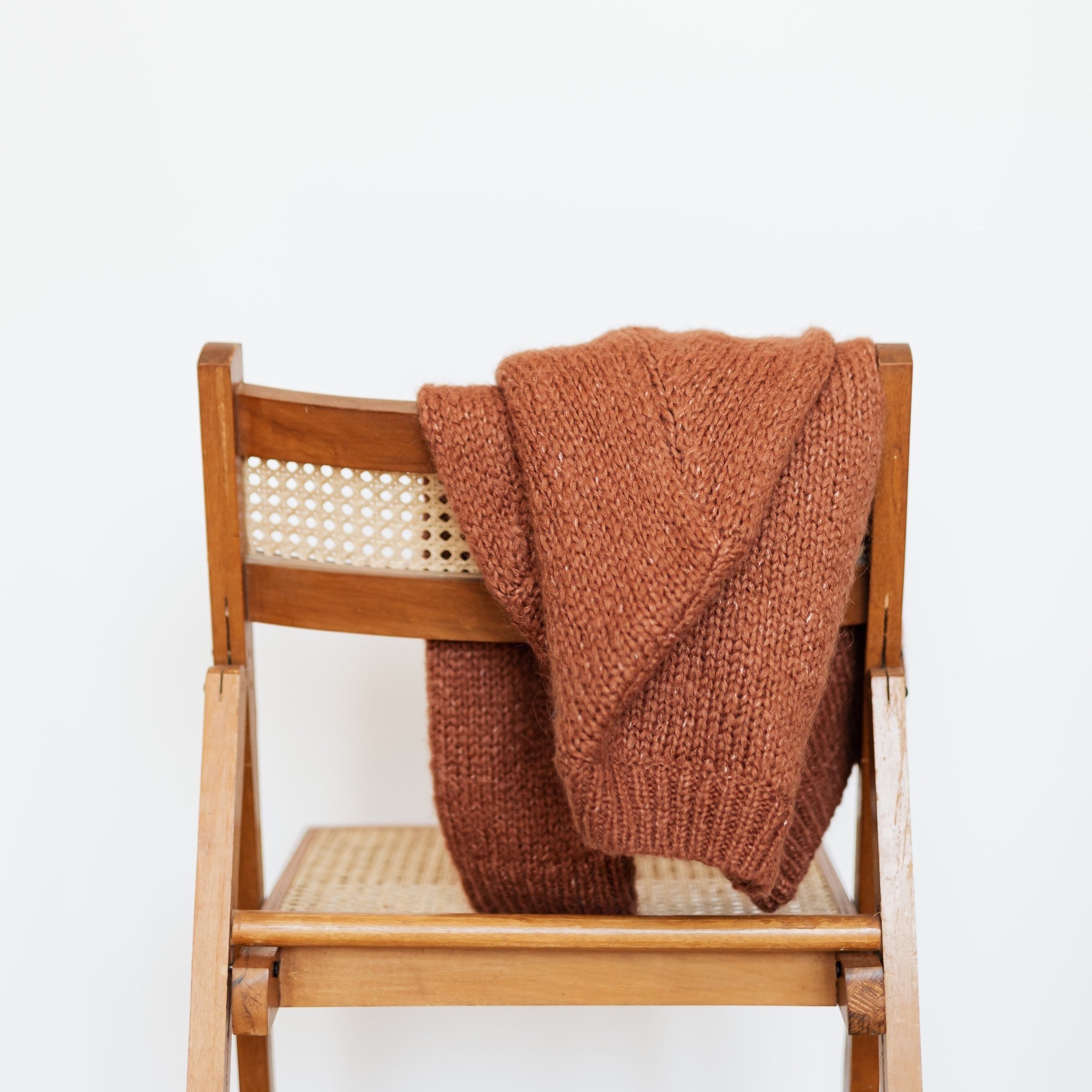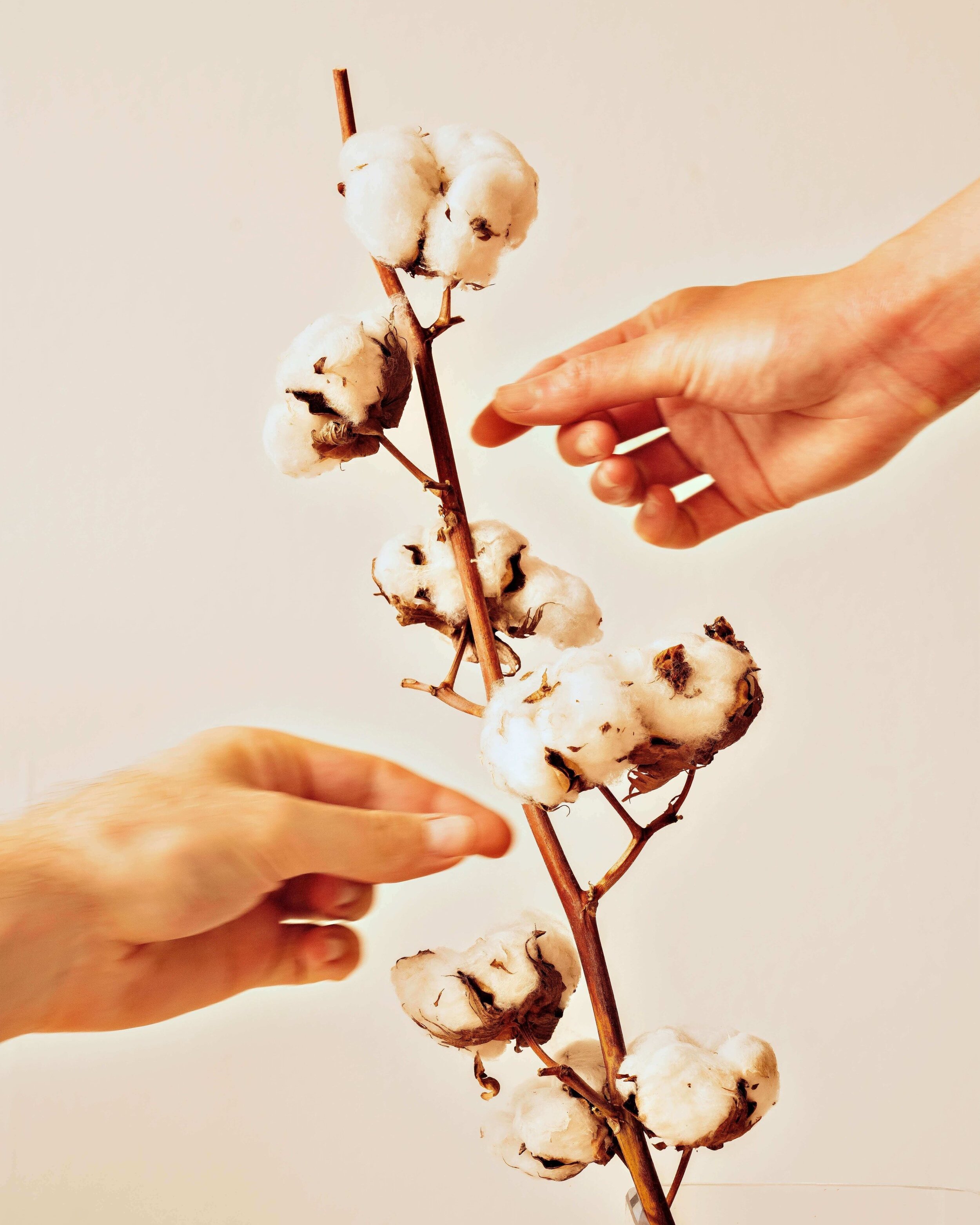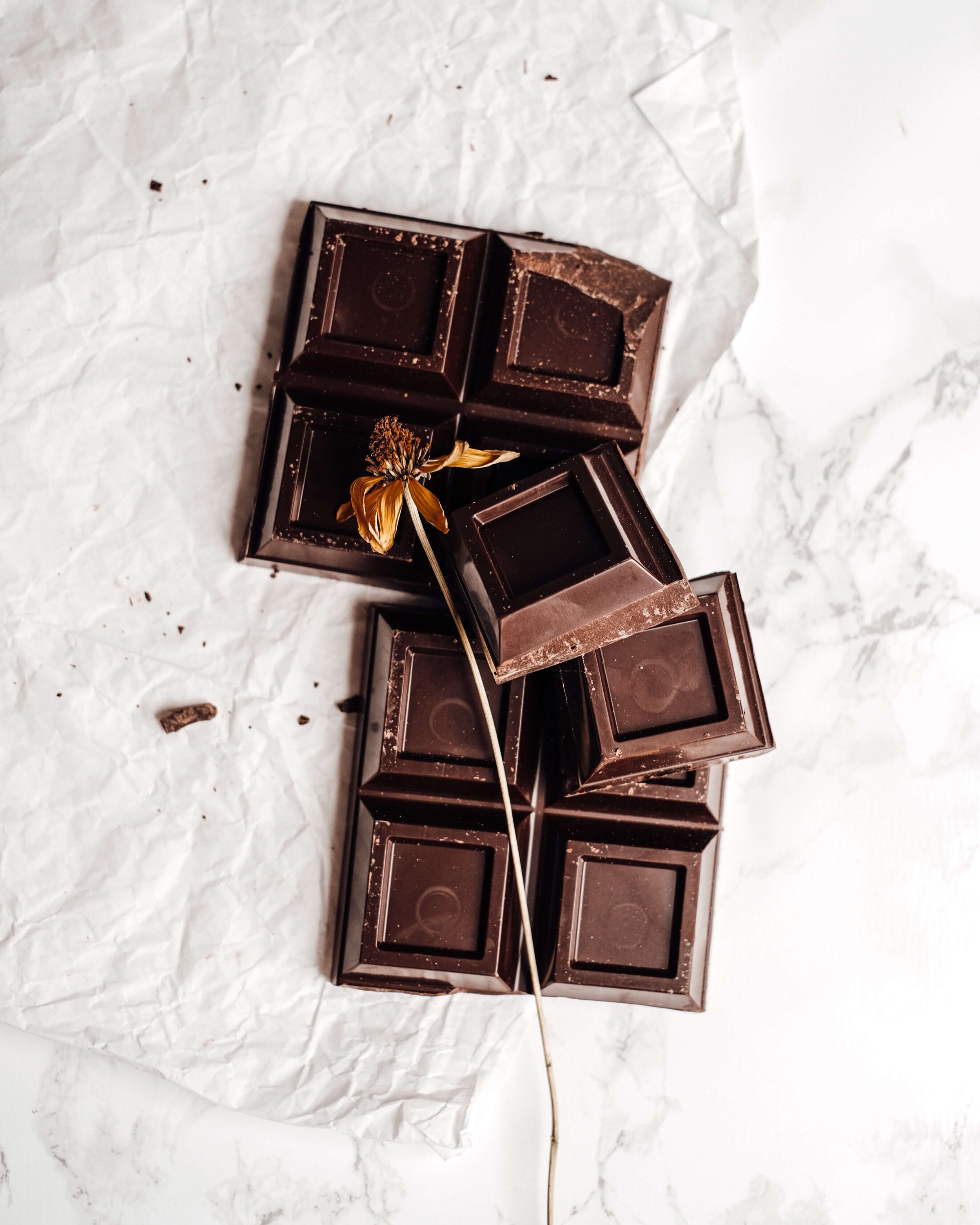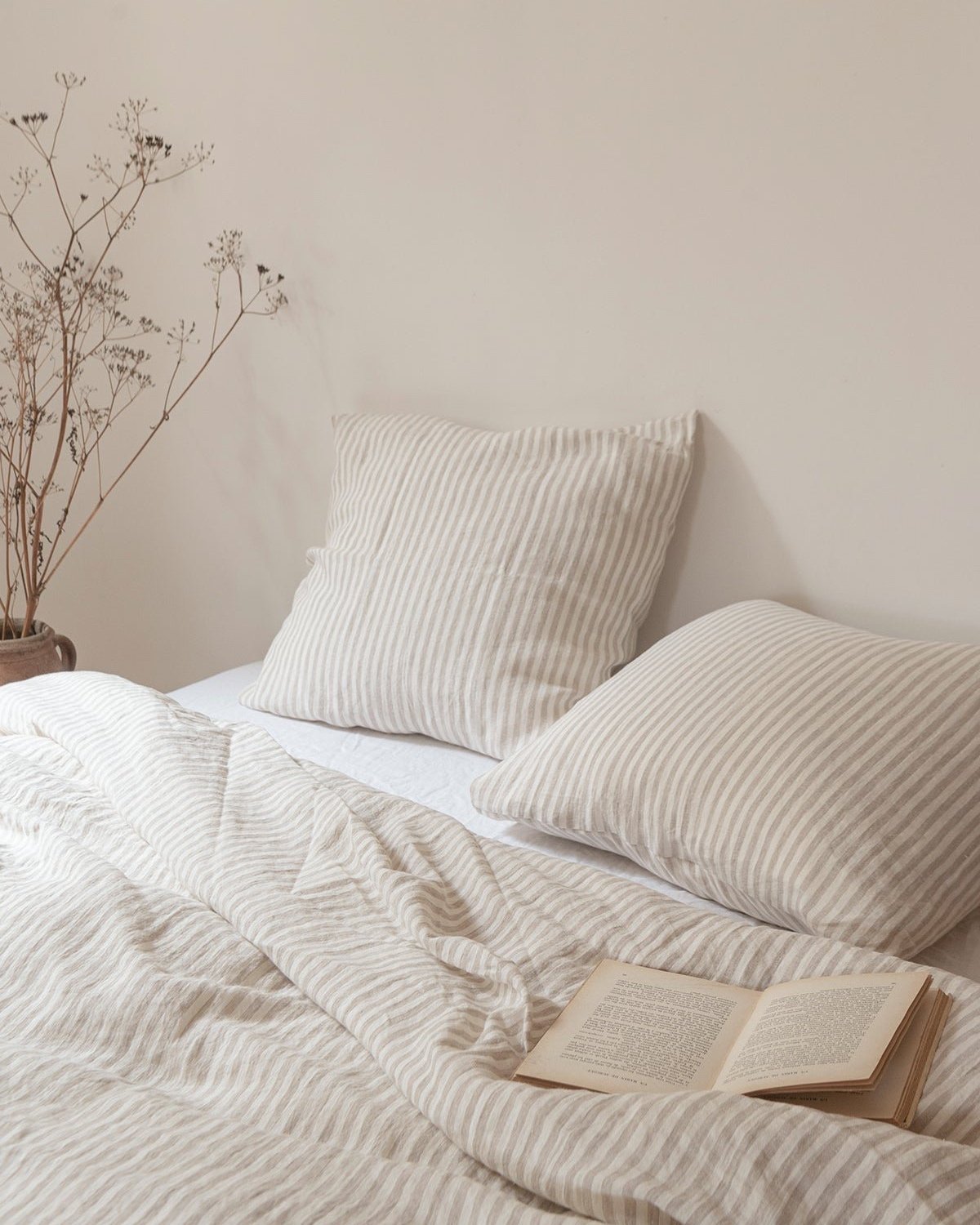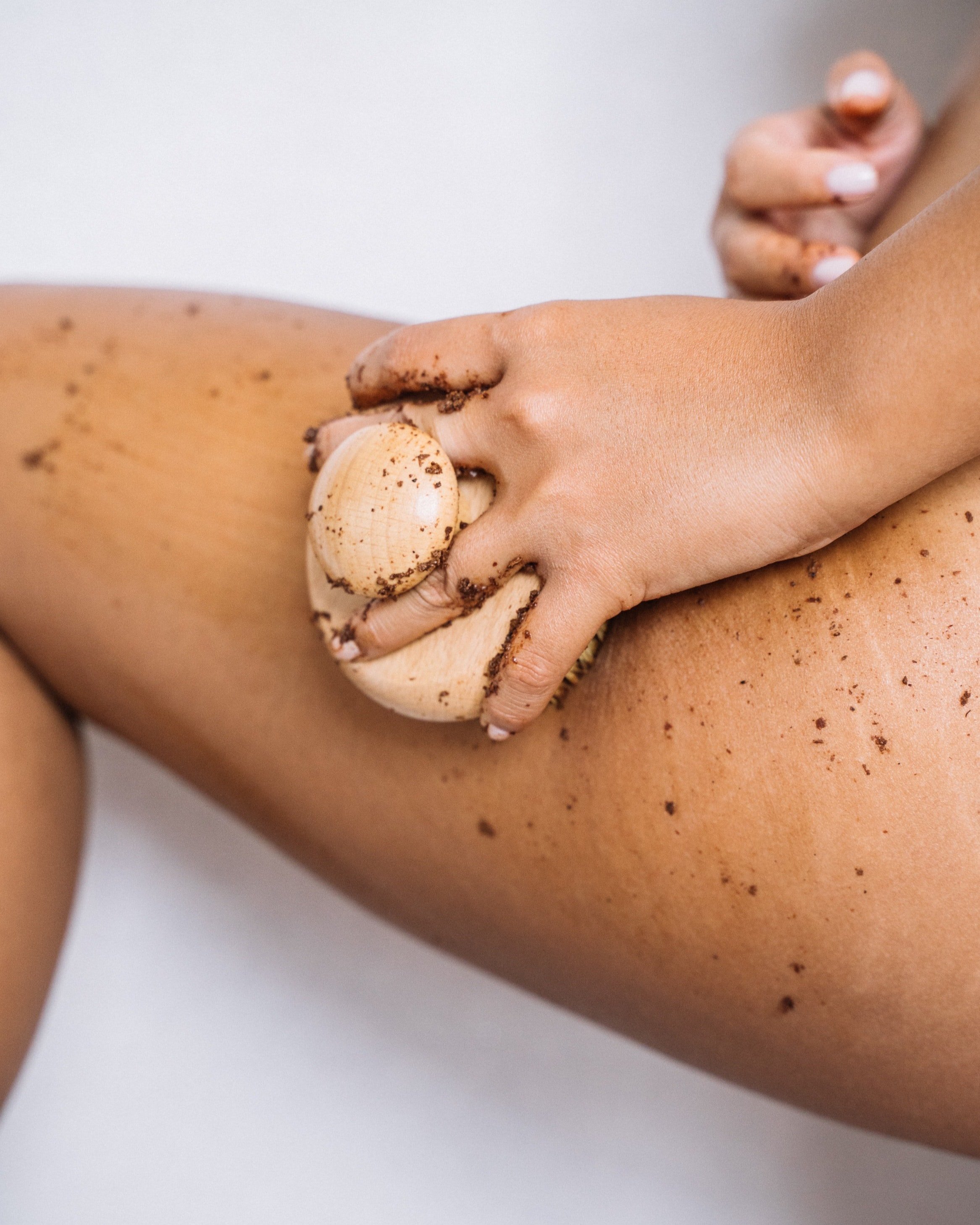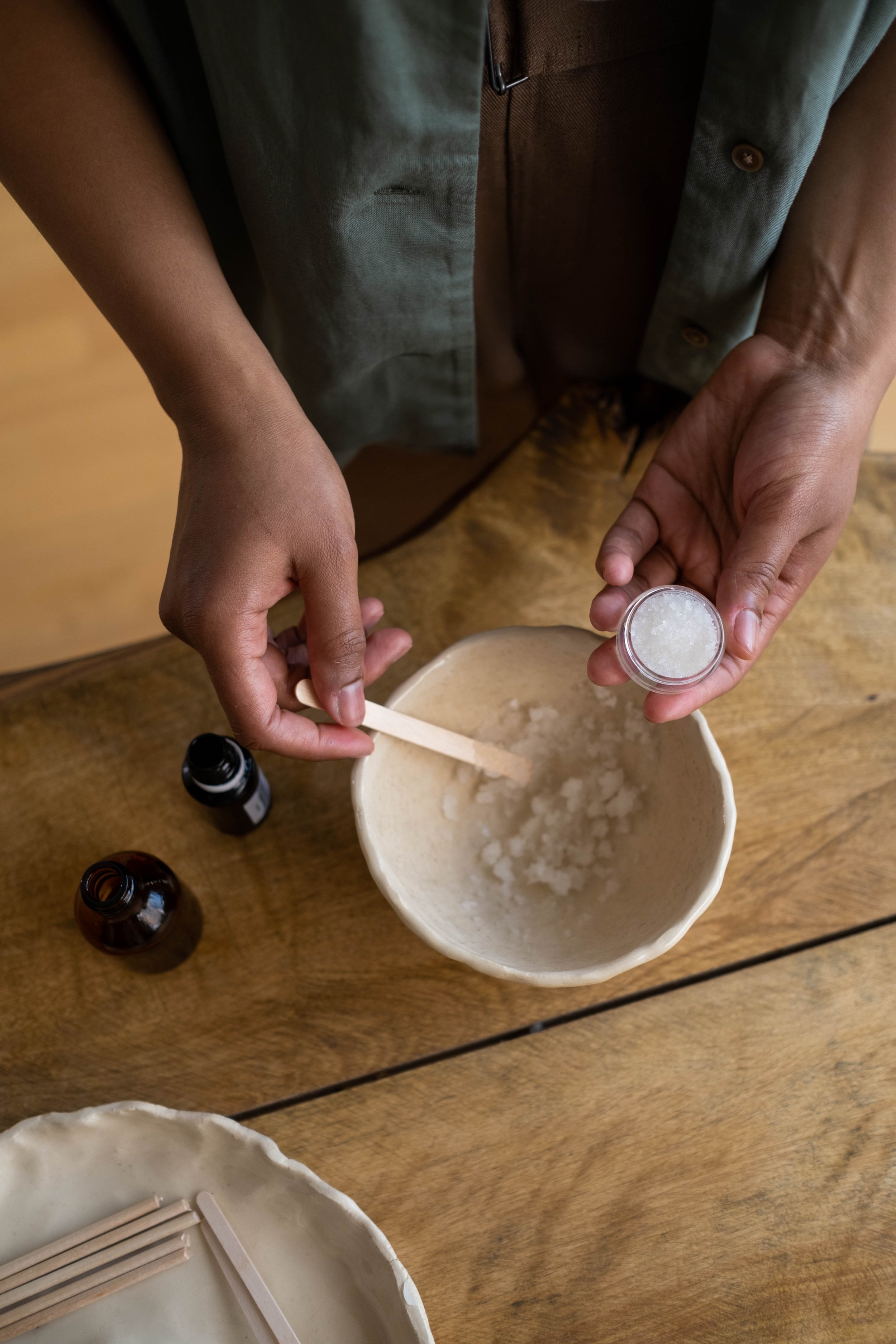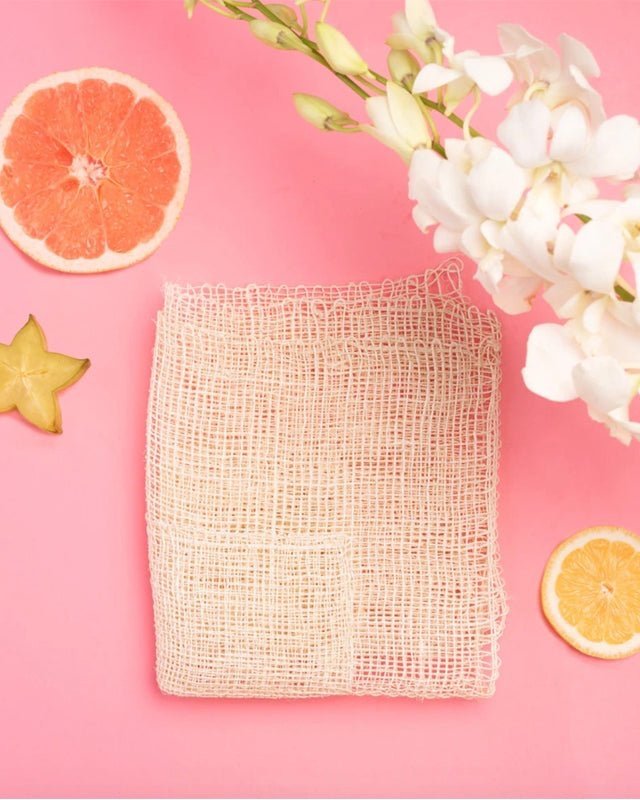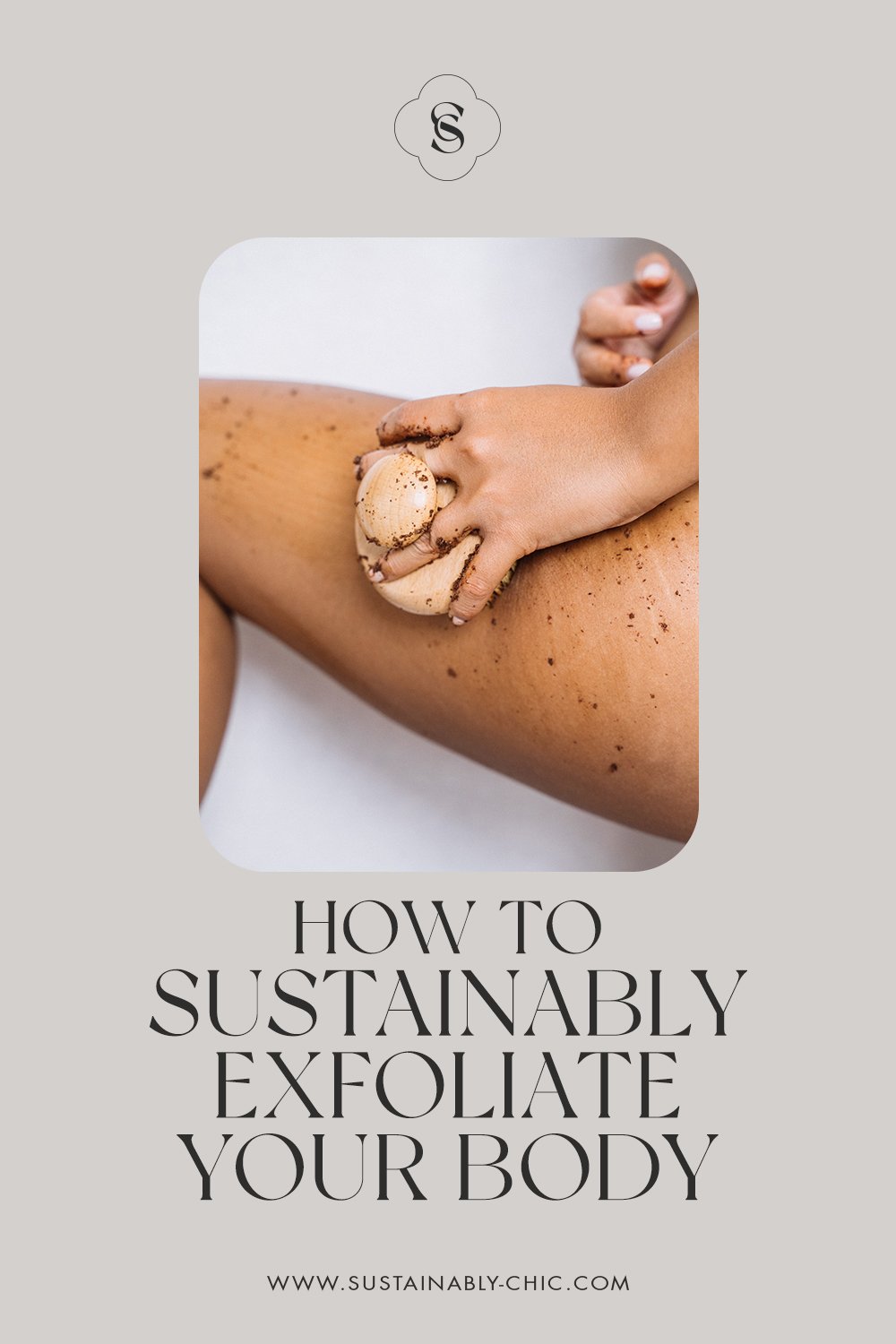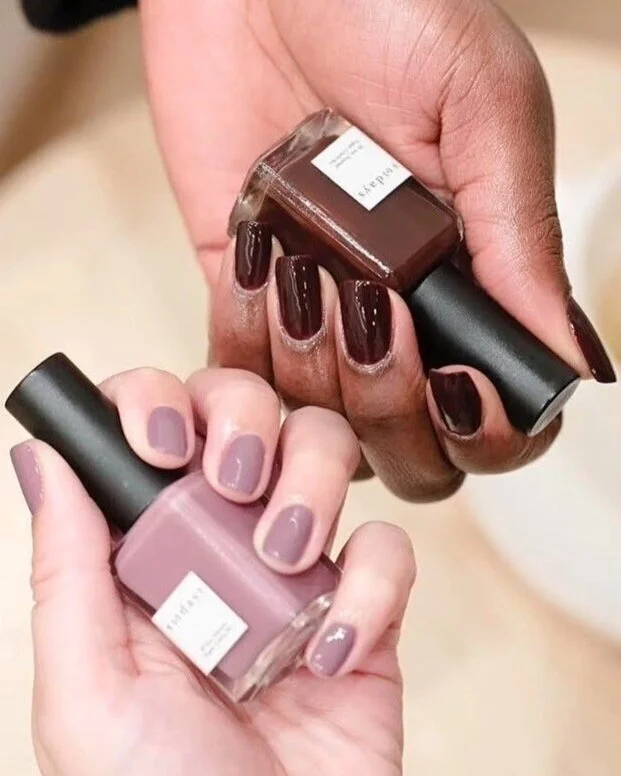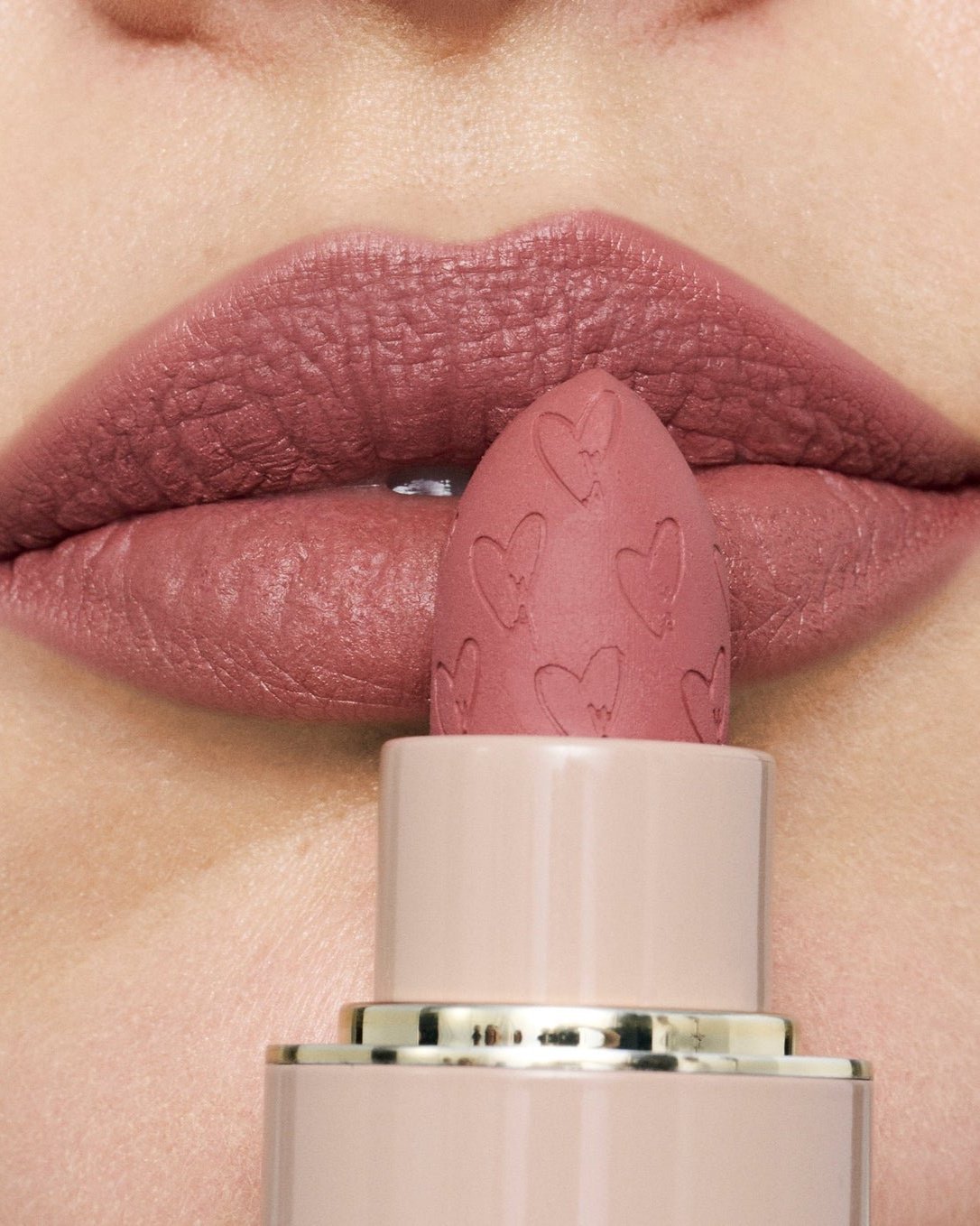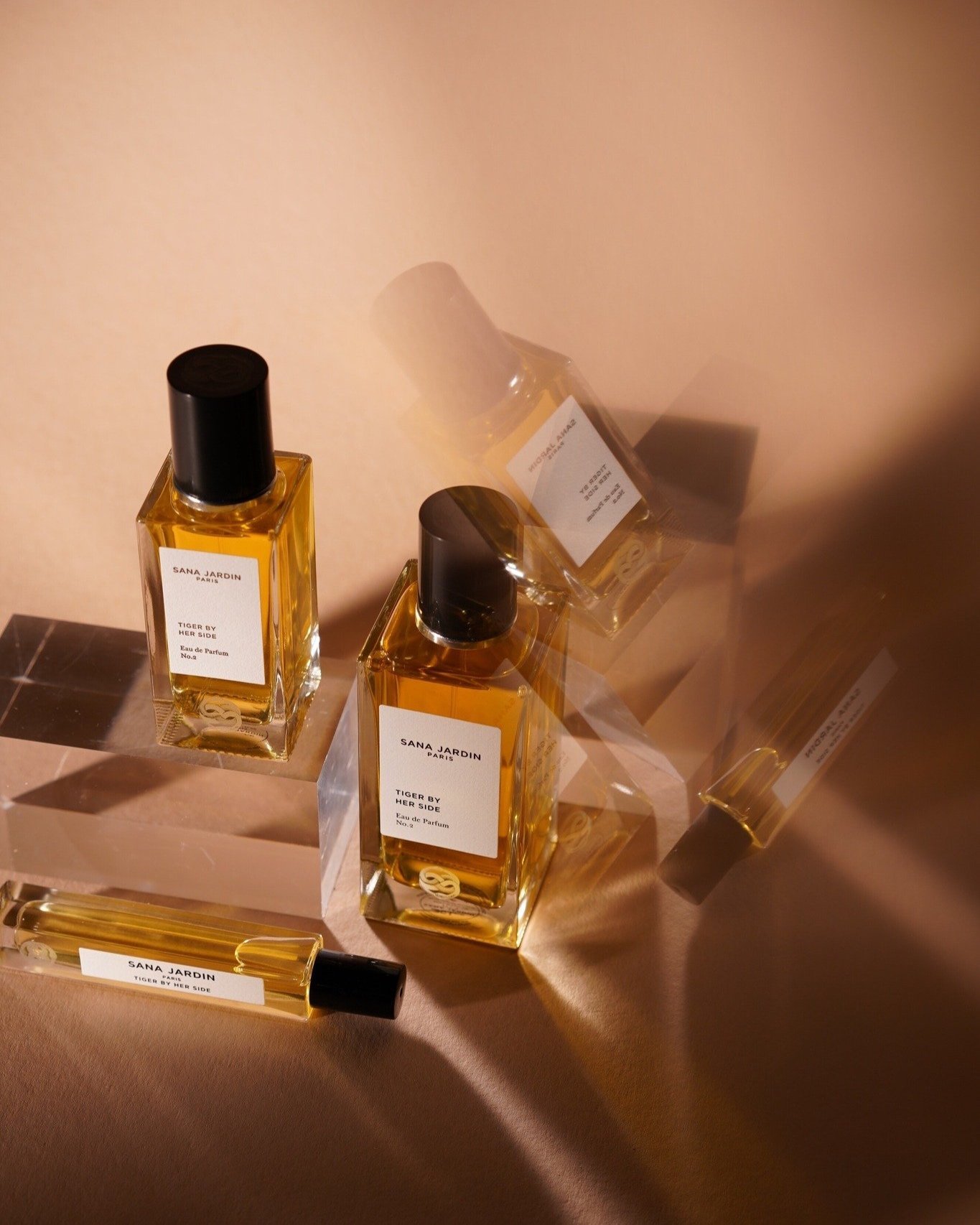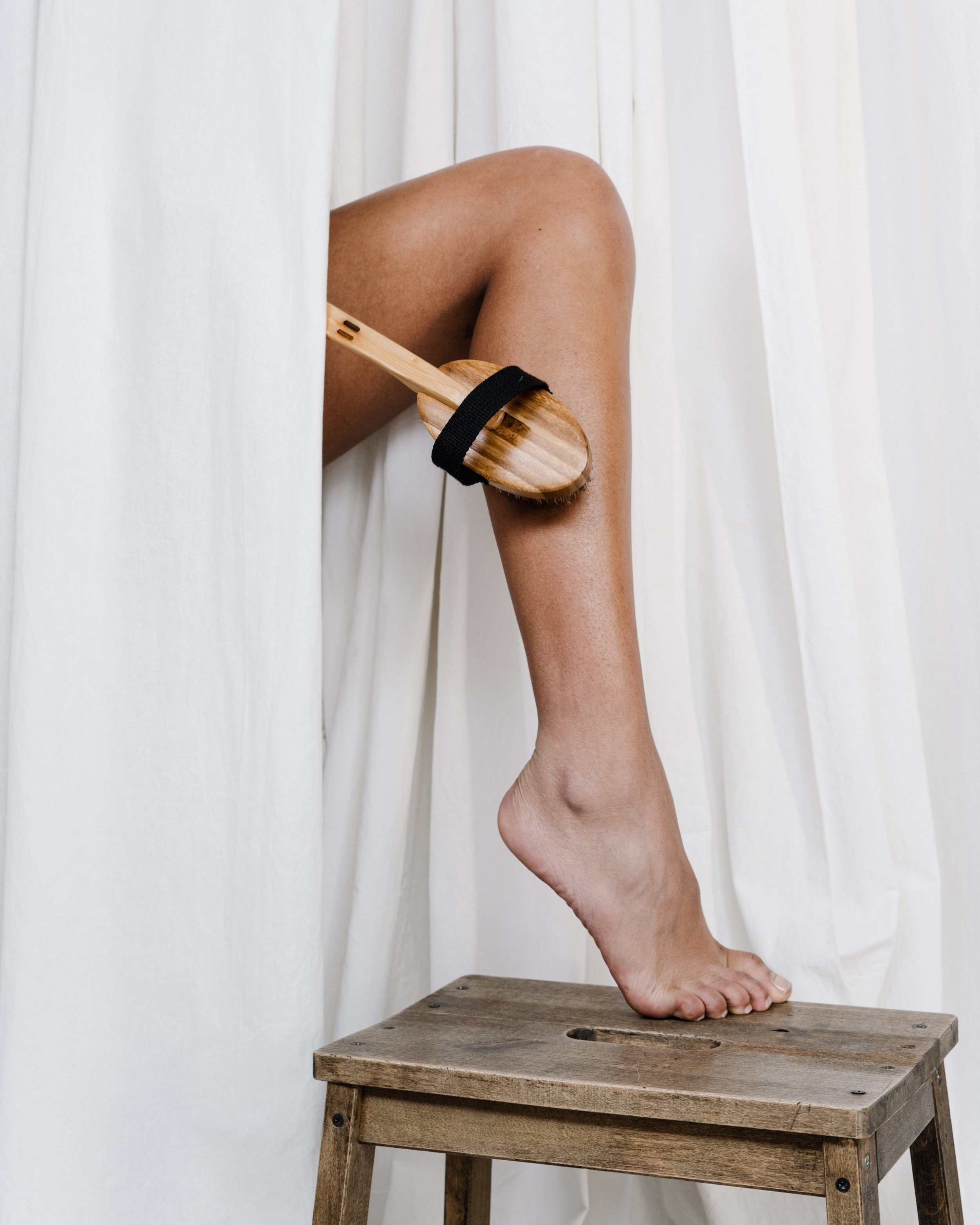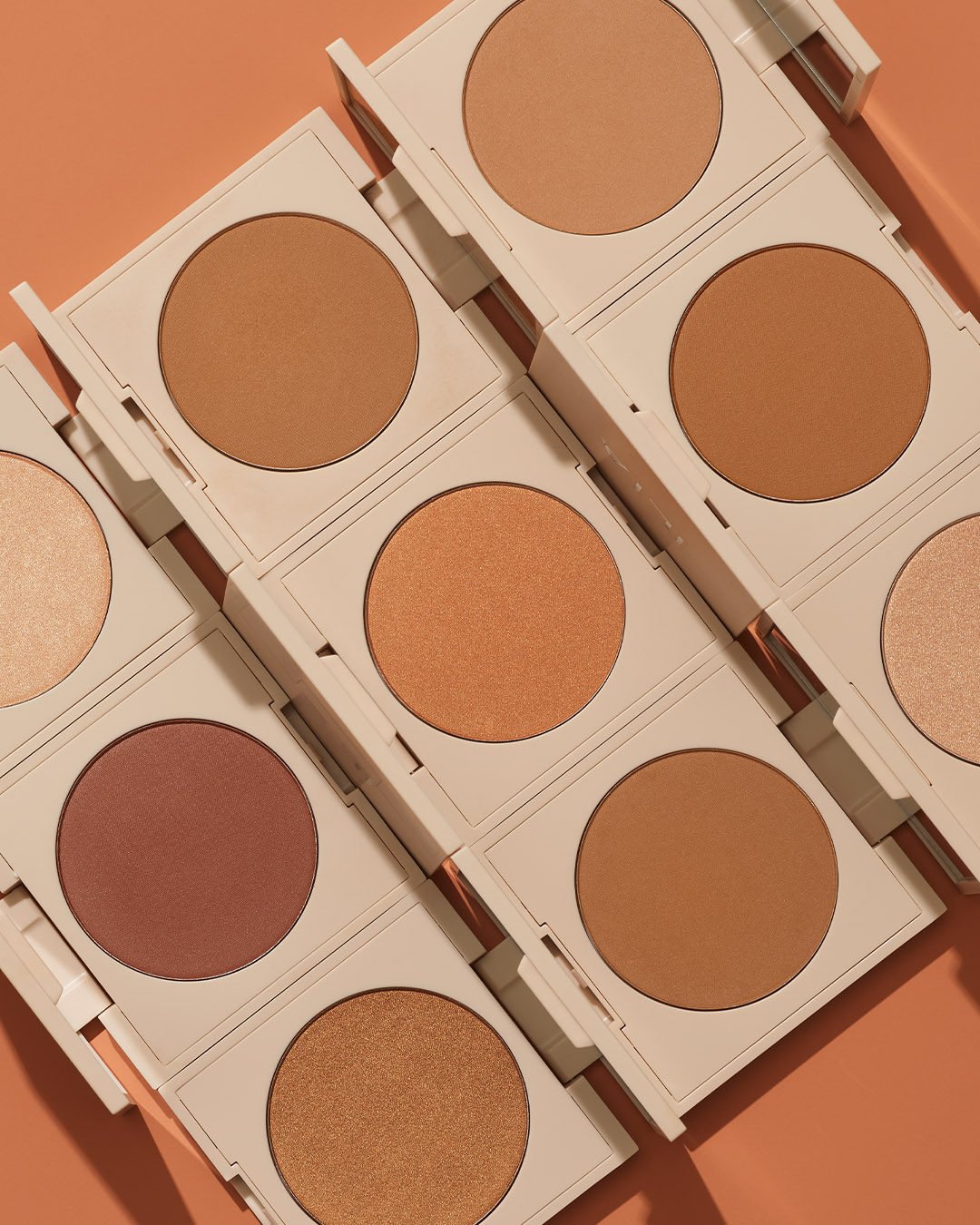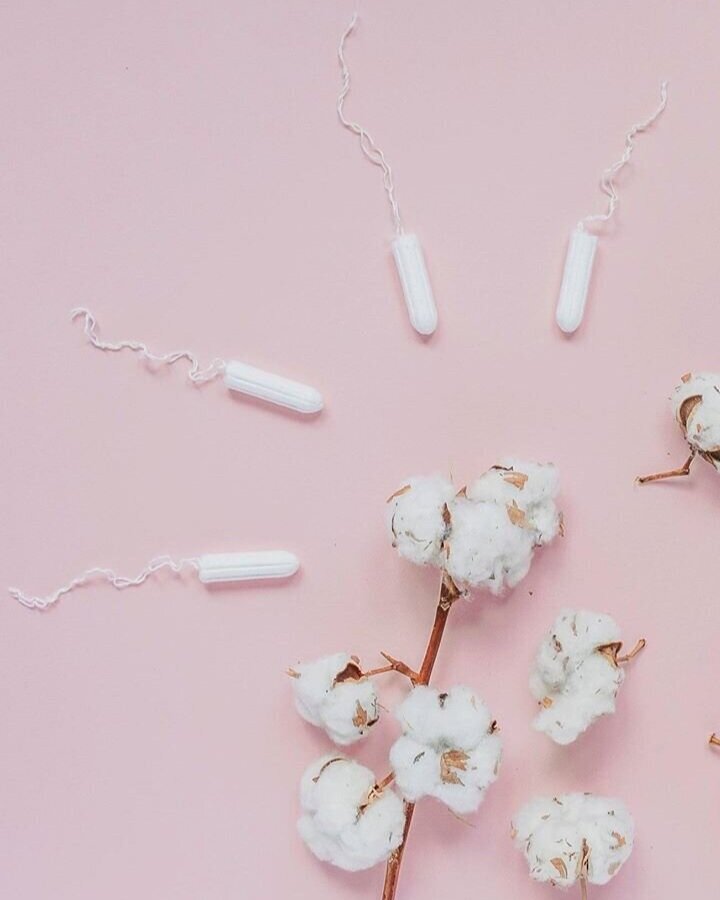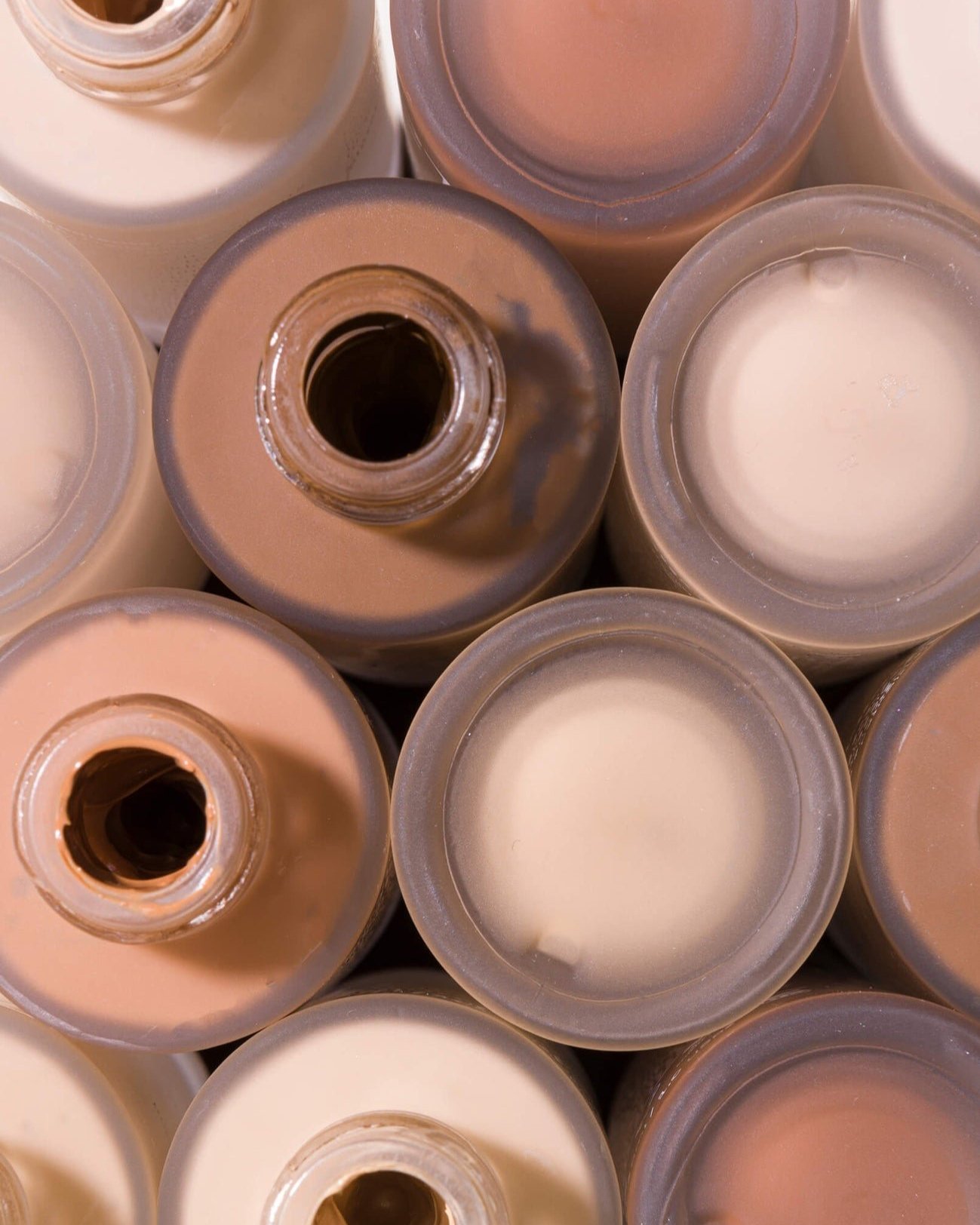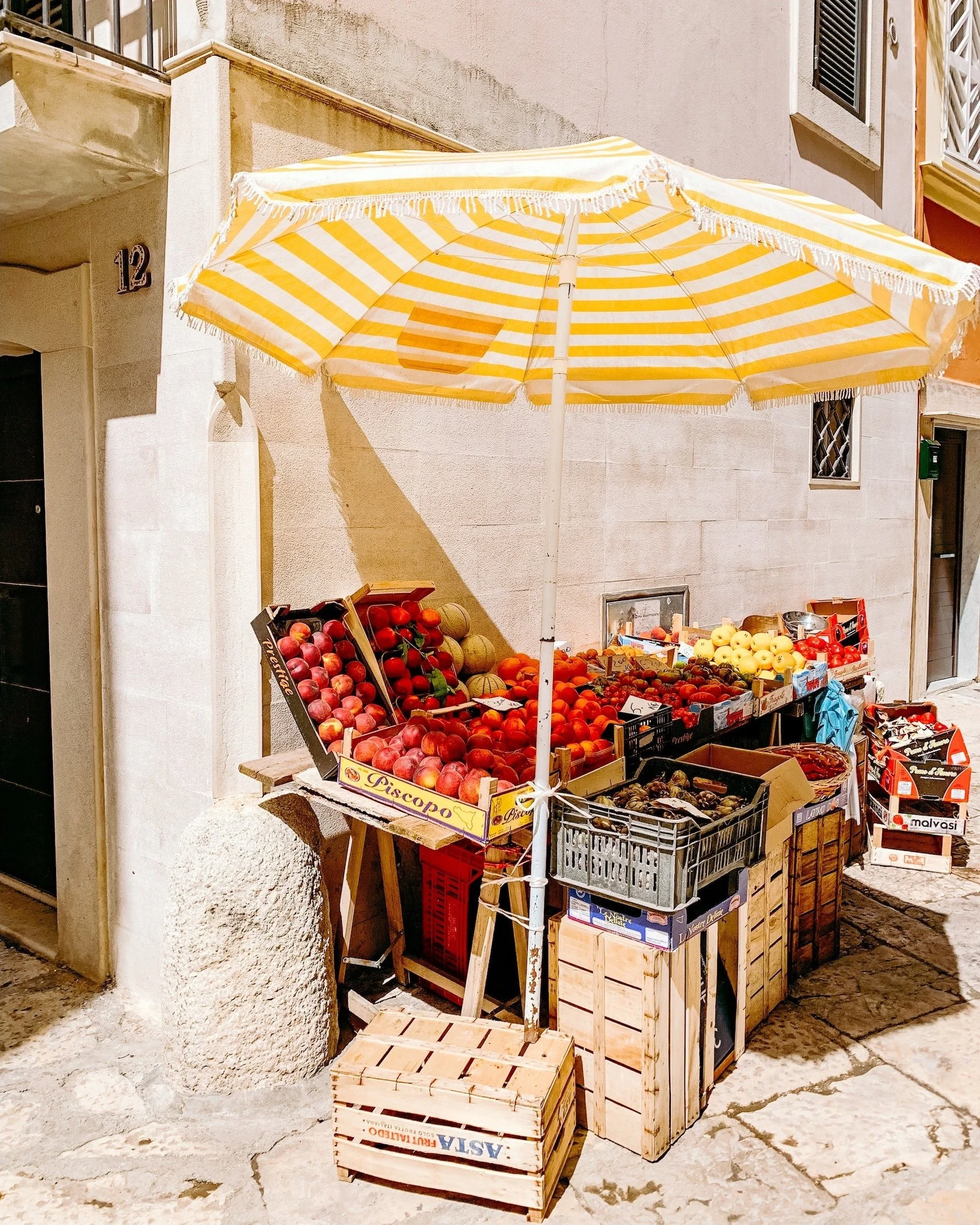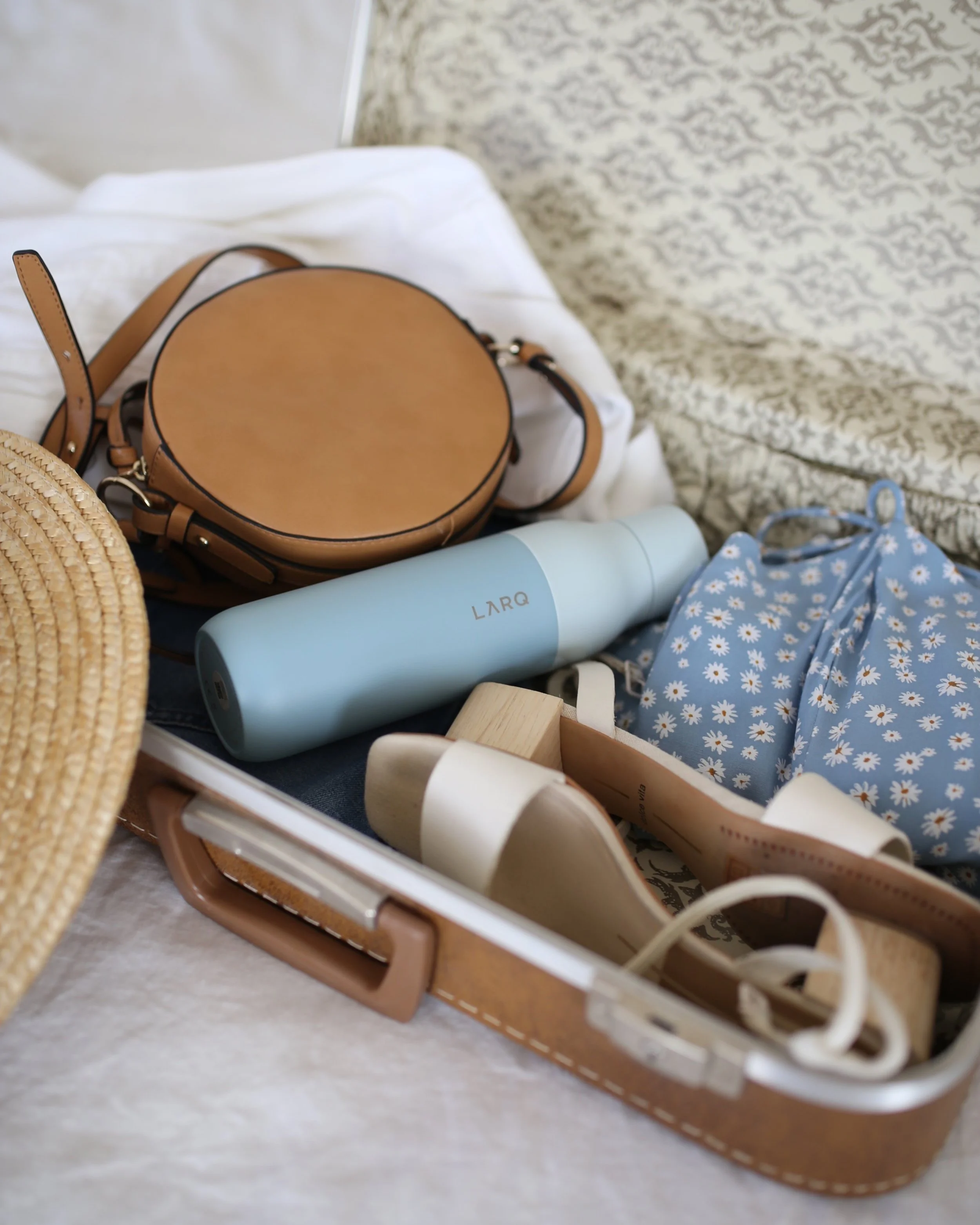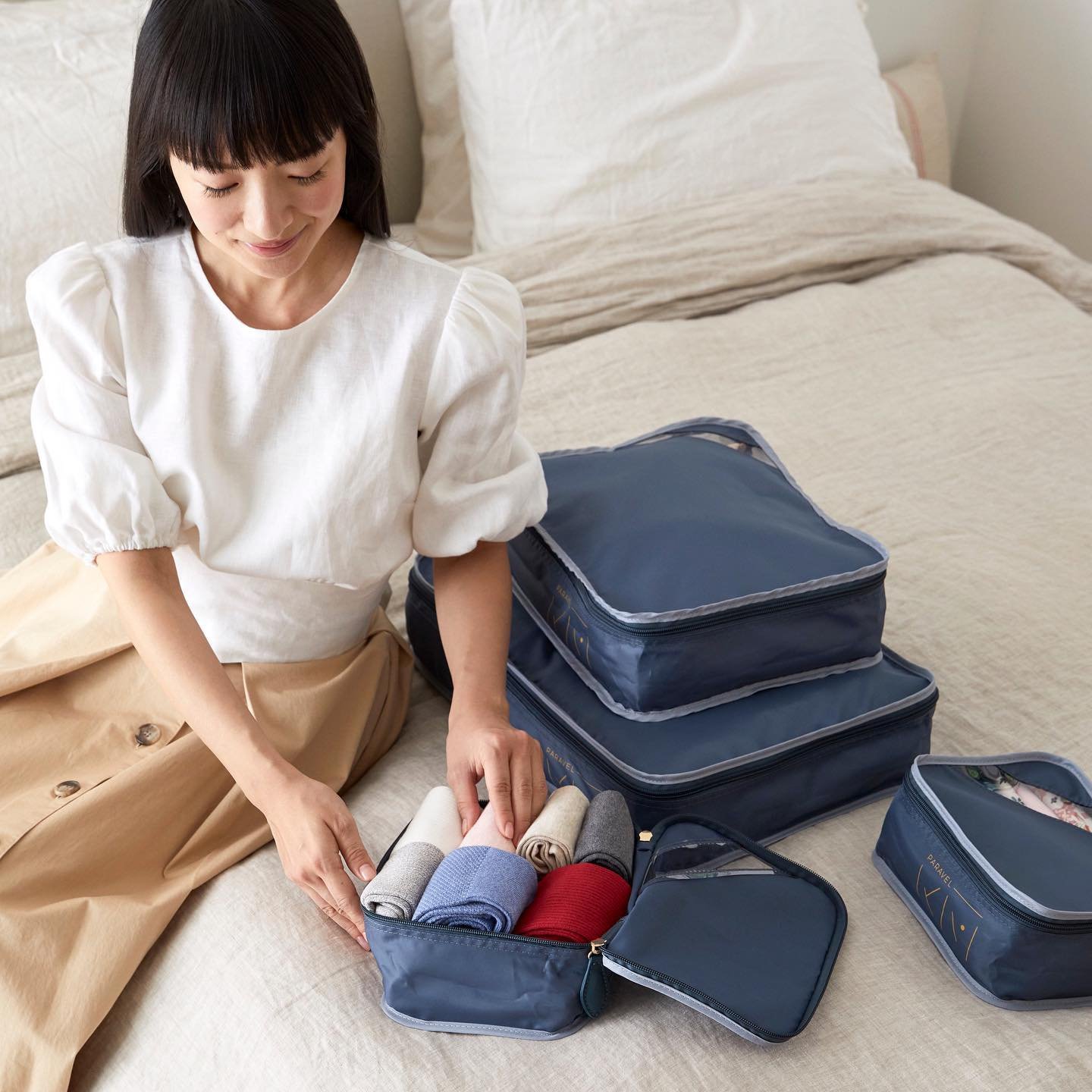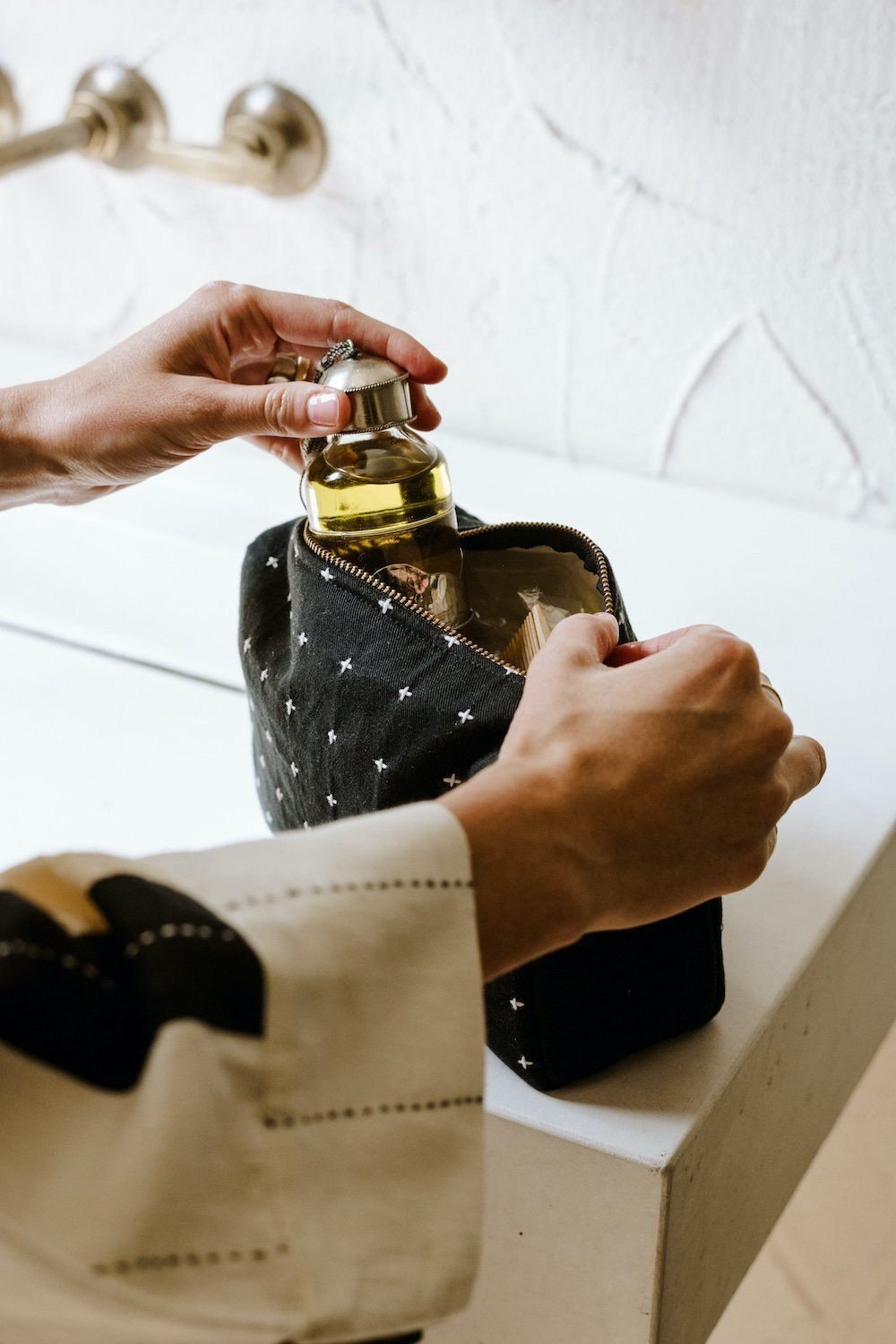Image: Culthread
Disclosure: Some of the links in this post are affiliated; we may earn a small commission if you click through & make a purchase. We only ever add brands & products we truly believe in. Thank you for supporting the brands who are making the fashion industry a better place!
People used to depend on every part of an animal to survive, but modern technologies reduce the need for animal product dependency. Many consumers opt for products like faux leather to avoid funding animal cruelty.
This article explains everything you need to know about faux leather, including tips about cleaning and caring for your new wardrobe additions. You’ll wear and wash your clothes confidently because you’ll understand what the material needs for longevity.
What Is Faux Leather?
Leather traditionally comes from cows but can also come from animals like goats or crocodiles. Faux leather doesn’t involve any animals — instead, people make it with synthetic ingredients that create the same look and feel.
It’s also one of the more popular materials for products like clothing and furniture. The global synthetic leather market had a $33.7 billion value in 2021 and the same research indicates a continued 8% growth through 2030.
Why Do People Prefer Faux Leather?
There are numerous reasons why people choose to buy artificial leather products. First, they might prefer avoiding anything made with animal products if they live a vegan lifestyle. They may also generally avoid any products that involve animal cruelty.
Additionally, authentic leather is often more costly than its alternatives. The companies manufacturing it have to pay for a more complicated manufacturing process, including the breeding and management of animals. Faux leather products only need artificial ingredients.
What Is Faux Leather Made Of?
Faux leather production companies have numerous ingredient options. Many opt for plastic chemical compounds derived from crude oil. It’s readily available due to the global oil production industry, but some consumers take issue with the ingredient.
When artificial leather products end up in landfills, the crude-oil ingredients don’t naturally break down. Environmentalists aim to change that by making fungi-based leather that’s biodegradable. Time will show if the mass production of mushrooms for leather products takes hold of the industry.
Your choice of faux leather ingredients will depend on your preferences and beliefs. Either way, there are options for you to choose from when you’re ready to expand your wardrobe.
Examples of Faux Leather Clothing
Faux leather can do more than create purses and backpacks — it’s also a popular material for clothing and other accessories. While you’re shopping, keep an eye out for faux leather products like:
Jackets
Boots
Dress shoes
Pants
Dresses
You’ll quickly find these products made with artificial leather that look real. The only differences will be the positive impact on your wallet and beliefs.
Image: Immaculate Vegan
Tips for Faux Leather Cleaning and Caring
You might hesitate to wear faux leather because you don’t know how to clean and care for it. Use these tips to understand how to maintain your new clothes so you can wear whatever materials you want.
Try Warm Water First
Never doubt the power of warm water against stains and dirt. The gentle heat coaxes impurities out of fabrics by lifting them away. Although you might have a few favorite laundry products that you use every day, it’s best to stick with warm water only when cleaning faux leather.
Artificial leather is sensitive to cleaning solutions. It’s even highly affected by hot water, which often melts the material and changes its structure. It might be too tight after going through your washer and dryer or become more likely to stain because the leather loses its outer coating.
When you own your first piece of faux leather clothing and need to clean it, grab a microfiber cloth and dab the stained area. The fabric should be damp with warm water but not soaked to the point of dripping.
Apply light pressure to the dirty area until it’s thoroughly wet and squeeze the water out. Repeat as necessary until the garment is to your liking.
If you decide to use detergents or stain removers, they should have a gentle formula without abrasive chemicals. Ensure you avoid mixing them to prevent chemical reactions that harm you or your artificial leather. Faux leather is more sensitive than standard fabrics like cotton or denim, so your choice of cleaning product is vital to its maintenance.
2. Wash It by Hand
Buying faux leather clothing is a commitment. The material is extra sensitive to factors like water temperature and friction, which rules out most washing machine cycles. Your machine could leave your leather clothing worn in certain places, discolored or torn.
It’s always best to wash faux leather by hand. Even if you add a jacket to your sustainable winter clothes, it should stay out of the laundry machine whenever possible.
Hand washing your artificial leather clothing won’t take much of your time. Place it under cool or slightly warm water and dab at the soiled areas with a microfiber towel. The water will lift any dirt, just like your washing machine.
Afterward, gently ring your faux leather until it’s damp and hang it up to dry. Intense heat from water or your dryer will warp the material. Shrinking is also possible. Let your artificial leather air dry until it’s ready to wear again.
Worried about wrinkles? Place a steamer within arms-length of the faux leather clothing. The heat and moisture will ease any wrinkles without harming the material. Avoid pressing the steamer onto the artificial leather or close to it, so the fabric doesn’t melt.
3. Stick With Gentle Cycles
Check the tag on your newly purchased faux leather clothes because products sometimes include cleaning instructions that permit washers and dryers. Abiding by those directions will extend the life of your clothes by treating the material with the exact care it requires.
Some artificial leather clothes will have consumer instructions to place the soiled clothing in a machine set to the delicate cycle. Alternatively, you could adjust the settings to allow only cold water and a no-spin cycle.
Next, add gentle detergent. Organic or all-natural detergents are the primary choice for people with faux leather clothes — they won’t contain abrasive or strong chemicals that might damage the material. You could also seek detergent specifically made for faux leather, although that may be more challenging to find in standard stores due to the product’s specific nature.
After turning your clothing inside out to protect the leather and letting it go through your washing machine, read the drying instructions. The tag may require air drying or allow a delicate cycle in a standard dryer. Gentle wash settings are great for cleaning satin belongings or knitted clothes because they don’t involve hot water or rough spin cycles.
If the tag permits a dryer, it’s best to choose a low-heat setting for a quick cycle. The faux leather product should emerge from your dryer still damp. Air drying will complete its cleaning cycle.
4. Keep It Away From Sunlight
Sunlight can damage your faux leather product due to its heat and intensity. Natural light dries out traditional leather and replicates the challenge with artificial alternatives. The faux material is sensitive to external factors, so avoid hanging your synthetic leather in sunny spots around your home.
Coat hooks or a closet with windows might not be the most optimal storage location. Consider a dark corner in your closet or a drawer to make your faux leather clothes last longer. Sunlight won’t be able to shrink or melt the material.
5. Finish With Melted Coconut Oil
Genuine leather was once skin, which dries easily. Like human skin, it requires moisturizer in the form of leather oils. The ingredients lead to drying and peeling when you wear the clothing in warm weather, direct sunlight or dry it on the wrong heat setting. Although faux leather never involves animals, it still benefits from occasional conditioning.
All-natural leather conditioners might be the first tool that comes to mind, but you can also use melted coconut oil. It’s organic and gentle, so it’s perfect for artificial leather. Melt the oil and let it cool until it’s slightly warm or at room temperature. Gently rub it into your clean leather with a sponge or microfiber cloth and remove any excess oil with a rag. The clothing should be easier to work with and have its original shine back.
6. Never Use Bleach
Some stains are apparent to the eye, which might make you consider bleaching them out of the artificial leather. Although that might work with other materials, faux leather breaks apart when washed with bleach because the synthetic ingredients are more sensitive.
Bleach is also a drying product, so it changes the structure of faux leather. After using it, you might notice discoloration in addition to rigid material. The affected artificial leather may also become more prone to staining due to the changed, drier structure.
Organic or all-natural stain removers made for faux leather will help lift stains away while you hand wash your clothing. A mixture of equal parts vinegar and water may also help fight tougher stains that have had more time to settle into the material.
Apply the stain-fighting solution, dab at the affected area and rinse immediately. Soaking may allow the product to damage your faux leather. Use cold or slightly warm water to clean the area and continue with your preferred washing method when the stain disappears.
Expand Your Wardrobe Today
Anyone can use these tips for properly cleaning and caring for faux leather. You should add whatever you want to your wardrobe, especially clothes that align with your sustainable or vegan values. Keep these steps in mind as you explore the world of faux leather clothing to discover if the material is what your style needs.
If you prefer to stay clear of plastic-derived materials please check out this vegan leather & fabric alternative post here, as well as this post featuring 11 for more vegan leather alternatives.
About the Author:
Mia Barnes is a health and beauty writer with a passion for sustainable living and wellness. Mia is also the Founder and Editor-in-Chief of Body+Mind Magazine, an online publication that covers healthy and eco-friendly living. Follow Mia and Body+Mind on Twitter and LinkedIn!
MAKE SURE TO PIN THE PHOTO BELOW TO SAVE THIS POST FOR LATER!
Image: Immaculate Vegan
WANT TO FIND SUSTAINABLE BRANDS? VISIT OUR BRAND DIRECTORY!
Our Brand Directory is home to hundreds of sustainable brands, from makeup to cleaning supplies, from underwear to shoes. We have broken everything down by category for easy shopping, along with discount codes unique to Sustainably Chic viewers.


